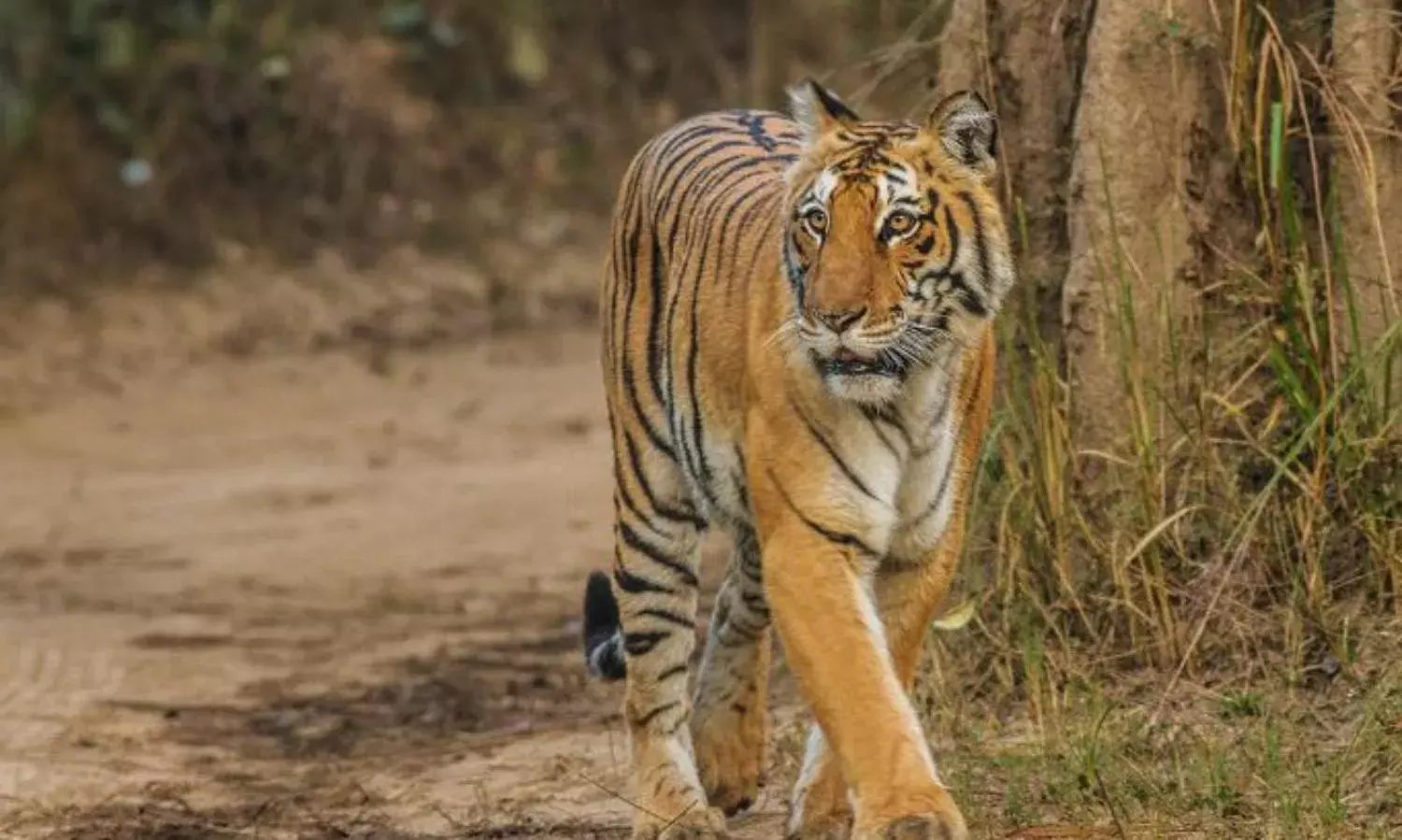China Lifts Ban on Tiger Parts Sale, National Parks in Terai Arc at Risk
Alarming rise in unemployment, govt clearances may spur poaching

RAMNAGAR (DISTRICT NAINITAL): Wildlife experts and environmentalists are seriously concerned over China’s recent decision to lift the ban on the use of tiger and other wild animal body parts including rhino horns in traditional medicinal systems in that country.
According to these experts the move may trigger a major racket involving the smuggling of wild animal parts, especially tiger bones. The most vulnerable areas are those wildlife sanctuaries within the so called Terai Arc, which extends from Uttarakhand right up to the northeastern states. It includes the Kaziranga National Park, the largest sanctuary for the Asiatic one horned rhinoceros.
The lifting of the ban comes at a time when the world is still trying to come to terms with the report by 59 scientists from across the globe, released by the World Wildlife Fund earlier this week, in which they warn that “the survival not just of the flora and fauna of the planet, but the entire human civilisation is at stake because the sustainability of the entire ecosystem of the planet is facing an urgent crisis”.
The report warns that the wholesale destruction of forest, wildlife and freshwater habitats has reached a point where “humanity’s future on earth is at stake”. It argues that 60 percent of the world’s animal population has been wiped out just since the 1970s, including mammals, birds, reptiles and fish.
Mike Barrett, a senior scientist at the WWF, warns that “we are sleepwalking towards the edge of a cliff”.
According to wildlife biologist and tiger expert Imran Khan, who has been based at the Corbett National Park for the past quarter century, China's lifting of the ban is sending shock waves across the environmentalist community in India.
Khan told The Citizen that “the highest tiger densities in the entire distribution range of the species has been recorded in Indian tiger reserves, including Orang, Kaziranga and Corbett National Park which are located along the Chinese border.”
He said that Corbett and the surrounding landscapes are the most vulnerable forests in India as far as the poaching of tigers as well as other mammals is concerned. “The brunt of the Chinese action will therefore be felt on all forests falling along the Terai landscape arc, which are home to the world’s highest population of tigers and Asiatic elephants.
Khan, who has been monitoring the survival status of tigers and other mammals in the entire region, points out that with the alarming rise in unemployment, a large section of the local population in the Terai area may take recourse to smuggling of animal parts unless the state and central governments launch a major drive to prevent poaching in these vulnerable areas.
Project Tiger, launched by the Indira Gandhi government in 1972, is regarded today as one of the most successful wildlife conservation projects in the world. At the time the number of tigers in India was approximately 1,800. Today the figure stands just short of 2,500.
The Jim Corbett National Park was the flagship of this project.
All this remarkable work will be undone if poachers and wildlife parts smugglers are given a foothold today.
The present situation threatens to assume crisis proportions keeping in mind that the present dispensation in New Delhi, which came to power in 2014, has shown scant concern for the country's depleting forest cover and the damage to existing ecosystems at the altar of what is known as 'development'.
A large number of national parks are already feeling the heat after the generous sanction of highways by the central government, cutting across several national parks, irrespective of the threat they pose to the natural habitats and traditional migratory routes of mammals.
Even if these decisions are revoked by a future government at the centre, it may already be too late to save India’s unparalleled legacy of subtropical forest and its rich animal and bird life.



